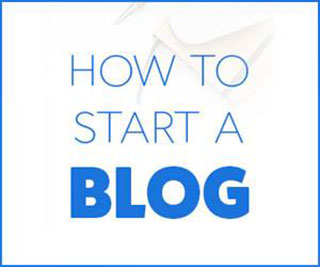Life’s necessities call for ongoing spending. Food, housing, transportation and other basic needs comprise the nuts and bolts of most budgets, as well as clothing, which represents another perennial spending category. Fortunately, although you can’t do without clothes, keeping covered need not break the bank. There are indeed ways to save money on clothes, without sacrificing your personal style.
*This post has been sponsored by Readies.
As you fill your closet and dresser drawers, use the following tips to keep spending in line.
Stick to the Basics
Fashions shift according to popular trends and other social influences. Staying current with each new wave of trendy clothing is sure to come with a significant price tag, so frugal fashionistas are better served by basics. Rather than striving to wear the latest and greatest apparel, focus instead on a collection of versatile, adaptable pieces. That’s not to say you can’t still look your best; it just pays to stretch the possibilities, using articles of clothing you can wear flexibly.
Basic colors furnish foundations for lots of different outfits, so neutral shades and conservative cuts help extend your wardrobe dollars. Instead of focusing on splashy, colorful pieces, start with earth tones and basic blacks and whites. When you want to make a statement, use accent colors, on scarves and other accessories, to brighten up the simpler staples in your closet.
Are You a Designer Diva?
The fashion industry is a two-headed monster, in many ways. On one hand, designers regularly roll-out progressive looks for the red carpet, costing thousands and pushing the envelope on style. Yet at the same time, most everyday shoppers are not in the market for these exquisite articles of high fashion. Unless money is no object, you need to find a compromise between cutting edge style statements, and practical daily clothing.
In many cases, discount clothing manufacturers put forth reasonably priced garments designed in the same style as those offered by big name fashion houses. To keep your own spending in check, turn to affordable copies, rather than paying for only a name. Quality is of course an issue, but so is financial balance. The best approach is to buy rugged, durable versions of the items you wear most, and worry less about finding long-lasting articles you seldom don.
Off-Season Shopping Highlights Clothing Bargains
Peak season shoppers pay a premium for clothing, because it is in demand and retailers ask the highest prices during prime time. On the other hand, as clothing becomes less needed, like sweaters in summertime and short pants in the winter, articles are inevitably discounted for quick sale. Striking during seasonal transitions yields the most bang for your clothing investments.
As seasonal goods sell-out, selection does become more limited, so if you want more choices, it is important to track discounting trends at your favorite retail outlets. A winter coat buyer, for instance, is likely to find a good price/selection balance immediate following the holiday shopping season. In many regions, winter is waning by this time, so retailers typically prepare store shelves for spring merchandise. Though discounts might grow steeper in February, inventory will be picked over and selections limited.
Take Care to Extend Wear
It is worth noting, clothing is similar to other consumer goods in that articles last longer, when they are properly cared for. Carelessness and abuse, on the other hand, lead to higher clothing costs. Although it is a routine practice, washing your clothes contributes to wear and tear. Whenever possible, wash clothes judiciously, so they don’t wear out as quickly. And use gentle cycles on your washer and dryer, to decrease the impact of repeated cleanings.
Bleach and other harsh chemical cleaners take their toll on clothing materials, especially natural fibers like cotton and wool. Go easy on detergents and cleaners, to extend the usable life of clothing. Over time, you’ll buy fewer clothes, which is money in the bank for those committed to lower apparel spending.
Buy Vintage and Pre-Owned Clothes
High quality clothing wears well, so preowned articles often have significant usable remaining life. After all, hand-me-downs are commonplace among family and friends, so shopping vintage clothing stores is simply an extension of the same money-saving philosophy. Rummage sales, flea markets and consignment shops yield bargains for those patient enough to peruse inventory, which may not be as well organized as merchandise found in traditional retail stores.
Vanity comes with a price-tag attached, so each human’s natural desire to construct a personal image will always cost money. Clothing represents a significant share of this type of spending, so making savings inroads can have a noticable impact on your personal budget. Use these and other frugal fashion strategies to save money on apparel, without compromising your individual style.
*This post has been sponsored by Readies.




Recent Comments